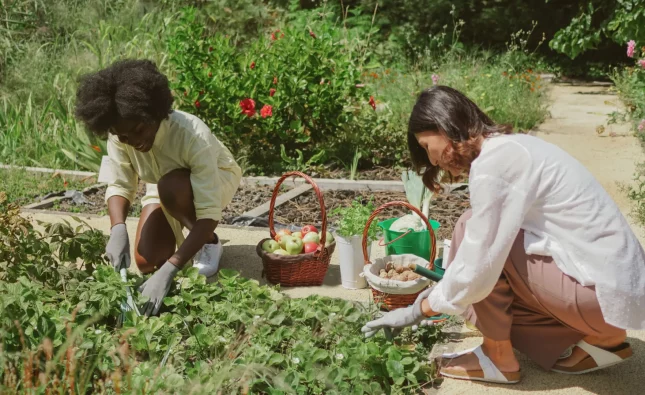
Pollinators are critical to our ecosystem and food supply. They are responsible for pollinating plants that produce fruits, vegetables, and nuts, which account for one-third of the food we eat. However, pollinators such as bees, butterflies, and birds are facing severe declines due to habitat loss, pesticides, disease, and climate change. Fortunately, there is a simple way we can help support these vital creatures: through gardening.
Gardening for pollinators is not only good for the environment, but it can also be a rewarding and enjoyable activity. Here are some tips on how you can create a pollinator-friendly garden:
Choose the right plants: Pollinators rely on flowers for nectar and pollen. Choose a variety of plants that bloom at different times throughout the year to provide a constant food source. Native plants are often the best choice, as they are adapted to the local climate and provide the most benefit to local pollinators.
Provide nesting sites: Many pollinators also need a place to nest or lay their eggs. Create habitat by leaving some areas of your garden undisturbed or by providing nesting boxes for bees and butterflies.
Avoid pesticides: Pesticides can harm pollinators, so avoid using them whenever possible. If you must use pesticides, choose ones that are least harmful to bees and butterflies, and apply them at times when pollinators are less active, such as in the evening.
Here are some plants that are particularly attractive to pollinators:
- Bee balm (Monarda)
- Black-eyed Susan (Rudbeckia)
- Coneflower (Echinacea)
- Goldenrod (Solidago)
- Milkweed (Asclepias)
- Salvia (Salvia)
By creating a pollinator-friendly garden, you can help support these vital creatures and contribute to a healthier ecosystem. Happy gardening!









